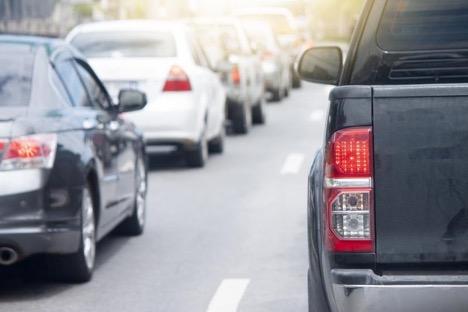No one ever plans to get into a car accident during their daily commutes, but accidents indeed do happen. With an increase in required safety standards and a high amount competition between manufacturers, many cars now come with safety features that aim to prevent accidents. During accidents, many features protect a car's inhabitants to the best of their abilities. As technology grows and continues to improve, there are many features that you can utilize to keep yourself and your family safe during an accident; these are the basics.
Airbags
Unlike in older vehicles, airbags are now offered in nearly every direction on a car; front, side, and rear. The purpose of an airbag is to prevent anyone in a vehicle from hitting their heads during an accident. When combined with seat belts, airbags perform their job very well and allow inhabitants to walk away from a car accident with minimal injuries or damage. However, for occupants under the age of 12, airbags can be very harmful, so it is essential to follow the instructions in your vehicle's owner's manual to ensure that you are seating young children in the proper location.
Anti-Lock Brake Systems
Anti-lock brake systems, or ABS for short, allow a vehicle to roll to a stop without the wheels locking up. On cars without ABS, when a driver presses the brake pedal too hard, the wheels will lock up and slide on the ground without providing any steering control to the driver. ABS assures that this doesn't happen and that a driver can maneuver their vehicle under harsh braking conditions.
Traction Control
Traction control maintains a vehicle's grip on the road. Under slippery conditions, a traction control system will ensure that the proper steering inputs or power levels are given so that the vehicle maintains control.
Head Injury Protection
Head injury protection provides unseen safety in a vehicle. Like the padding found in helmets, head injury protection is a layer that lies underneath the trim of a car. This protection can soften the impact that an occupant may have with the panels of a vehicle during an accident.
Seat Belts
There are a variety of seat belts for a variety of applications, but their purpose is all the same; to ensure that an occupant remains in the car during a collision. Seat belts restrain a car's occupants, during the violent event of a crash, and keeps their body from making excessive movements.
Conclusion
Of the many safety features available on cars today, these are the best safety features that your car should have. The most straightforward features will allow you and your family to be safe in the event of an accident, and will hopefully let everyone to walk away unscathed.









